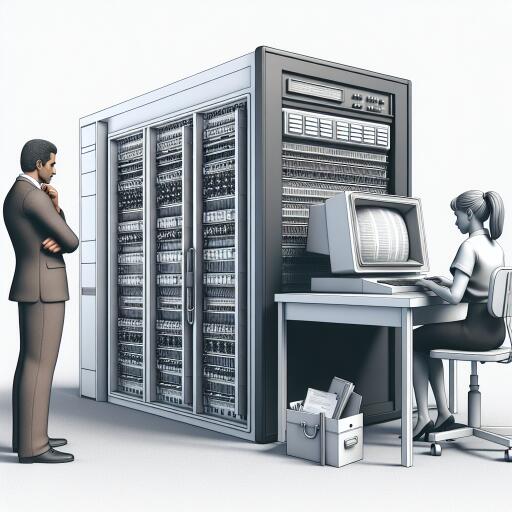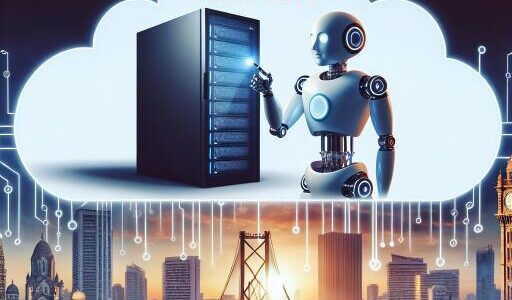The Mainframe Skills Crunch; An Outsider vs Insider Perspective
In the expansive universe of information technology, I’ve journeyed far and wide. My odyssey has taken me through a labyrinth of operating systems, a kaleidoscope of programming languages, a diverse array of mainstream database engines, and across generations of hardware and application platforms. Along this journey, I’ve reveled in the triumphs of deploying monumental software projects and absorbed the sting of lessons from endeavors that veered off course. Indeed, with age, I find myself at the more seasoned spectrum of the IT field, where few things stir up trepidation. Yet, there remains a realm that invariably nudges me into a corridor of introspection—the world of IBM mainframes.
Embarking into mainframe territory, I often encounter a sense of inadequacy, a feeling not solely attributed to my lack of direct experience but amplified by the unique culture and dialect of its practitioners. Engaging with mainframers throws me into a world where conversations orbit around security, scalability, and resilience—topics familiar in essence but discussed within the context of a platform that has mastered the art of handling gargantuan, intimidating IT challenges over its six-decade reign. The usual nocturnal worries of x86 system administrators seem trivial in the realm of mainframe operations.
However, the mainframe, or ‘IBM Z’ as it’s precisely known, often finds itself tagged with the ‘legacy’ label. It’s a realm where venerable machines cradle applications of ancient lineage, crafted by engineers of yesteryears employing methodologies that would appear otherworldly to the modern developer’s eye. Venturing deeper into its system mechanics unveils a vernacular peppered with acronyms like LPARs (Logical PARtitions), Sysplex, JCL (Job Control Language), RACF (Resource Access Control Facility), VTAM (Virtual Telecommunications Access Method), SMF (System Management Facilities), ISPF (Interactive System Productivity Facility), WLM (Workload Manager), RMF (Resource Measurement Facility), and SDSF (System Display and Search Facility)—terms that confound the uninitiated.
This linguistic barrier and cultural divide highlight a pressing issue: the mainframe skills crunch. As veterans of this domain edge towards retirement, there’s a palpable anxiety about who will inherit this arcane knowledge. The challenge isn’t merely about training new operators in the ways of the mainframe; it’s about bridging two distinct worlds within IT. On one side, you have the insiders, guardians of a technology that, despite predictions of its obsolescence, continues to underpin the global economy’s critical infrastructure. On the other, the outsiders, who view the mainframe with a mix of reverence and bewilderment, intrigued yet intimidated by its complexities and legacy.
The divide beckons for a solution, one that could involve a renaissance of mainframe education, tailored to speak the language of today’s digital natives while conveying the depth and breadth of knowledge that has sustained mainframe technology for decades. Initiatives spearheaded by IBM and educational institutions to modernize mainframe curriculum and make it more accessible signal a step in the right direction. Yet, the journey is far from over.
In an era where technology evolves at breakneck speed, the mainframe stands as a testament to enduring relevance and reliability. The task at hand is not just about addressing a skills gap; it’s about fostering a cross-generational dialogue that enriches the entire IT landscape. For an outsider like me, and perhaps many others, peering into the mainframe world offers a compelling perspective on resilience, innovation, and the pivotal role of human expertise in the evolution of technology.
As we face the mainframe skills crunch, it becomes increasingly clear that the dialogue between insiders and outsiders is not just beneficial but necessary for the future of IT. By weaving together the narratives of these two perspectives, we stand a chance at not only preserving a monumental piece of technology history but also ensuring its vitality in the chapters to come.










